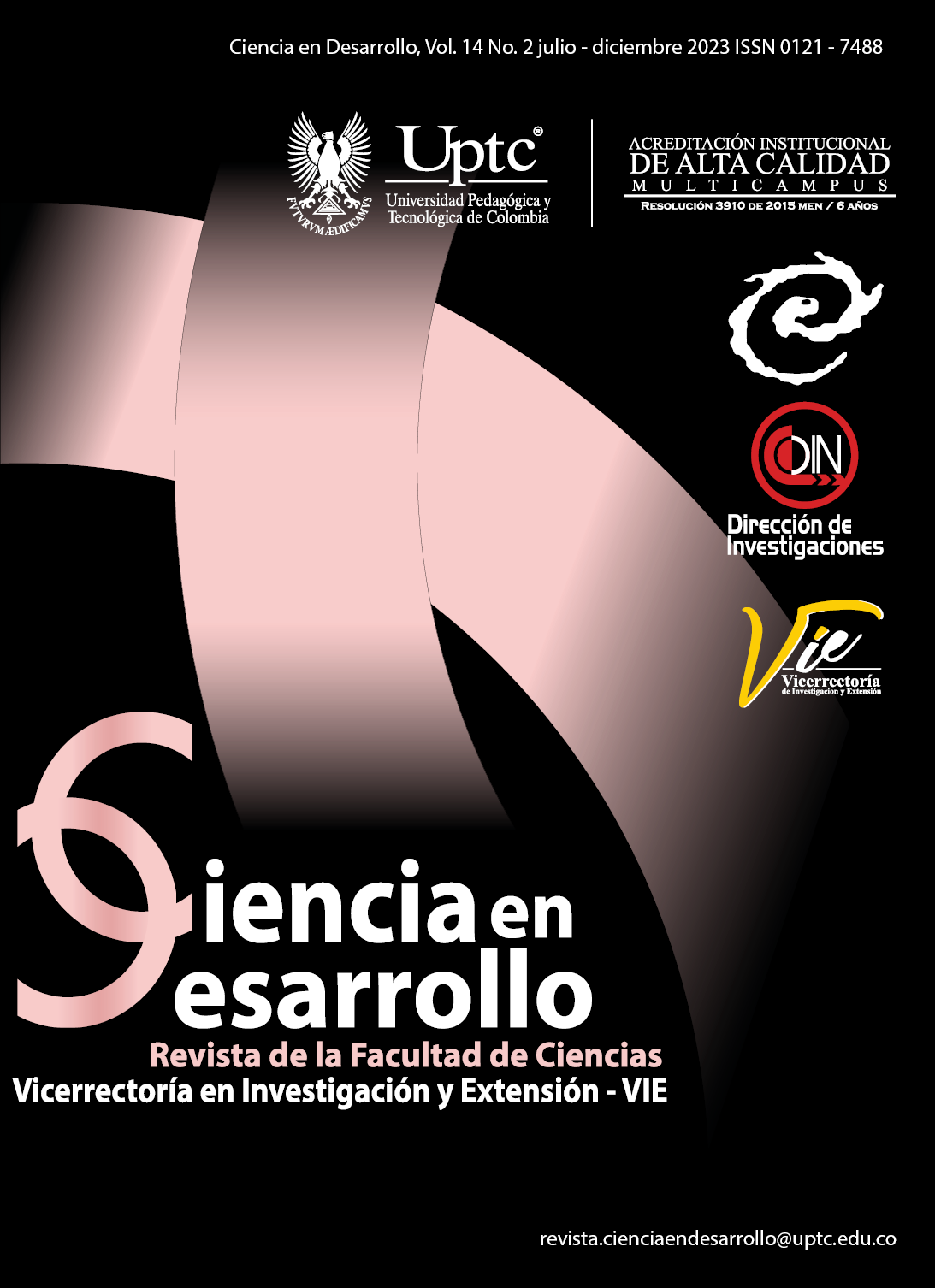A Mathematical Model for the Dynamics of HIV/AIDS Considering Asymptomatic

Abstract
This article analyzes a mathematical model for the dynamics of HIV/AIDS, in which study six behaviors corresponding to five stages of progression of the disease: the phase susceptible, the phase without diagnosis, the phase of diagnosis without viral suppression, with viral suppression and with AIDS, is also considered a protected population under the action of pre-exposure prophylaxis. It is also considered a rate of immigrants in the populations of undiagnosed and diagnosed without viral suppression. With the proposed model, equilibrium points are sought, in which, due to immigration there is no trivial equilibrium point and therefore the basic reproductive number of disease cannot be calculated. Numerical simulations are carried out, and parameters are estimated with data from the city of Pasto, in Colombia, from where it can be seen that timely diagnosis and prevalence in the use of antiretrovirals are very effective in controlling the disease.
Keywords
antiretrovirals, asymptomatic, diagnosis, immigration, Prophylaxis, AIDS, HIV
References
- Organización Mundial de la Salud, Infección por el VIH. [online] 2022. https://www.who.in t/es/news-room/fact-sheets/detail/hiv-aids.
- J. Alavez, J.López-Estrada, C. Vargas-De- León, y C. Malaquias, “Un modelo matemático para el VIH/SIDA”, Journal of Basic Sciences, no. 1, 2015.
- Centros para el Control y Prevención de Enfer- medades, Acerca del VIH/SIDA. [online] 2021. https://www.cdc.gov/hiv/spanish/basics/whati shiv.html.
- Centros para el Control y Prevención de Enfer- medades, Diagnóstico reciente del VIH. [onli- ne] 2022. https://www.cdc.gov/hiv/spanish/ba sics/livingwithhiv/newly-diagnosed.html.
- Sigdel, Ram P.,& C. Connell McCluskey, “Glo- bal stability for an SEI model of infectious di- sease with immigration”, Applied Mathematics and Computation, vol 243, pp. 684-689, 2014.
- Michalewicz, Zbigniew. “Genetic Algorithms+ Data Structures= Evolution Programs”, Sprin- ger, Berlin, Heidelberg, 1996.
- Gómez, Miller Cerón; YANG, Hyun Mo. “Mathematical model of the immune response to dengue virus”, Journal of Applied Mathema-
- tics and Computing, vol. 63, no 1, pp. 455-478, 2020.
- Laos, Marilin Nathalya Guerrero; Gómez, Mi- ller Cerón; Mondragon, Eduardo Ibarguen.
- Estimación de parámetros de un modelo ma- temático en la transmisión de VIH/SIDA en Pasto-Colombia. Boletín Redipe, vol. 10, no 7, pp. 311-320, 2021.
- Alcaldía de Pasto, Estadísticas-Municipio de Pasto. [online] 2020. https://www.pasto.gov.co /index.php/nuestro-municipio/estadisticas.
- Fondo Colombiano de Enfermedades de Alto Costo, Cuenta de Alto Costo, “Situación del VIH en Colombia 2019”, Bogotá D.C.,2020.
- Datos Macro, Esperanza de vida al nacer. [on- line] 2019. https://datosmacro.expansion.com /demografia/esperanza-vida.
- H. Toro, D. Prieto y M. Mesa, “Modelo de simulación para la transmisión del VIH y es- trategias de control basadas en diagnóstico”, Revista de Salud Pública, vol. 16, no. 1, pp. 139-152, 2007.
- M.U. Nsuami & P.J. Witbooi, “A model of HIV/AIDS population dynamics including ARV treatment and pre-exposure prophyla- xis”, Advances in Difference Equations, vol. 11, 2018.